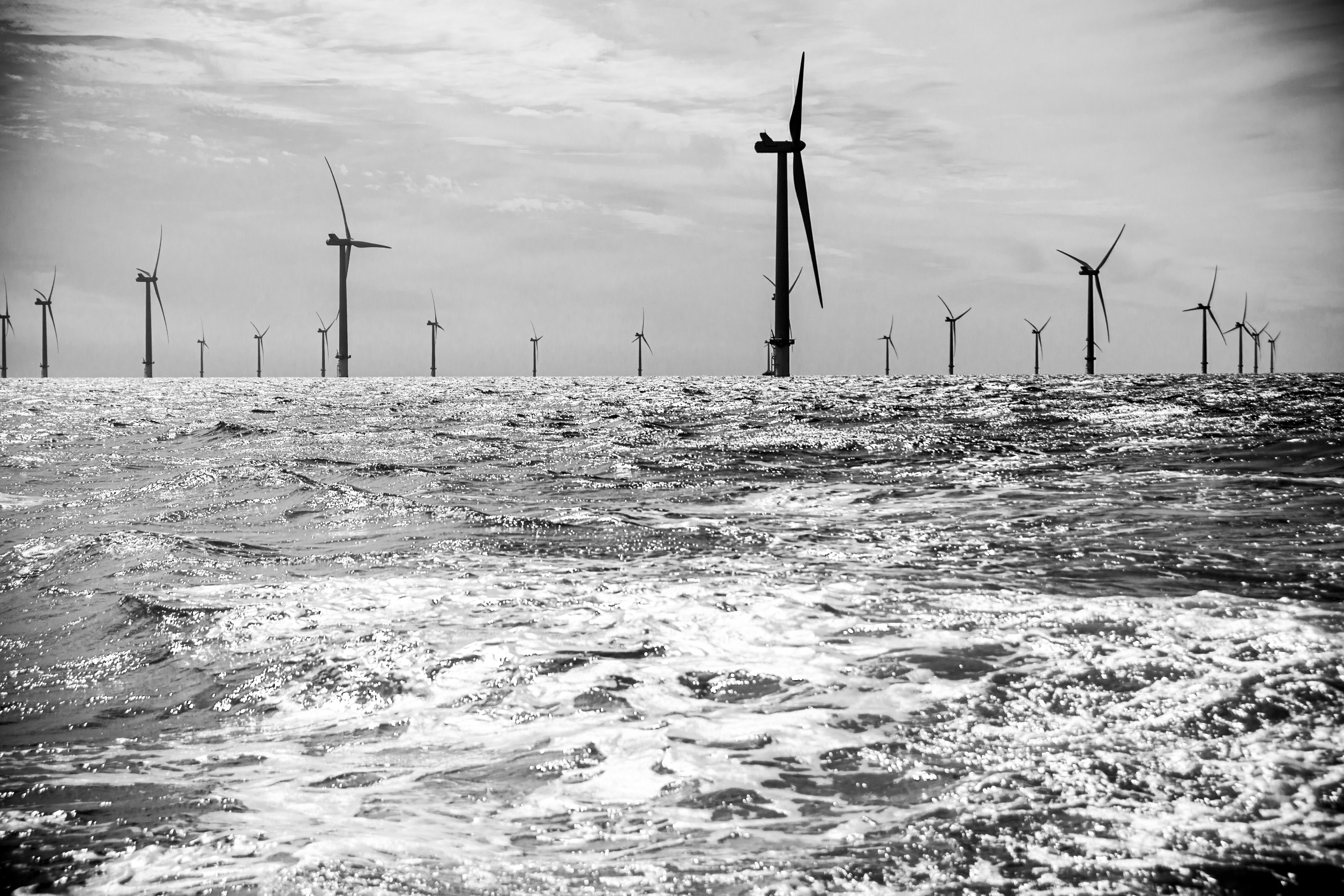As reported in The Guardian, Ørsted, the Danish company developing the world’s largest offshore wind farm in the North Sea, is “to cut hundreds of jobs and pause its dividend payments (from 2023-2025) to recover from a chaotic 12 months.” It will also cut its “target for developing renewable energy capacity by 2030, reducing it from 50 gigawatts to 35-38GW”, a reduction of almost a third.
The wind farm industry is hurting worldwide. Could it be that wind power is not what it was touted to be? That it is too expensive, produces too little power, and is environmentally unsound – damaging the earth and wildlife?
Last year, Ørsted, which is majority-owned by the Danish government, “cancelled two big offshore windfarm projects in the US, the Ocean Wind I and II schemes, blaming a sharp rise in costs. It took a 28.4bn Danish kroner (£3.3bn) (over $4bn) hit as a result of the decision.”
This is not just an Ørsted problem, The Guardian notes. It is a wind energy problem across the board.
- the Swedish energy firm Vattenfall stopped work on the multibillion-pound Norfolk Boreas windfarm last year because it was no longer profitable.
- The Norwegian oil and gas producer Equinor (which also constructs wind farms) posted quarterly profits of $8.68bn – down from $17bn a year earlier but ahead of City forecasts – due to lower energy prices.
- The new chief executive of BP said on Tuesday the oil and gas company would take a “more pragmatic” approach to reaching its green targets.
- Shell faced calls to speed up its investment in renewable energy last week, as it announced bumper profits and shareholder payouts and increased oil and gas production.
What we are seeing is not a glitch (or even several glitches) that can be easily corrected. Instead, we see economic realities collapsing the pie-in-the-sky ideals of achieving “Net Zero.” Efforts to produce energy and run a grid that doesn’t principally utilize the most reliable, inexpensive sources known to man – namely, fossil fuels, hydropower, and nuclear – are doomed to failure. These primary sources of power generation have made America great and boosted the quality of living for millions worldwide.
More in The Guardian.
